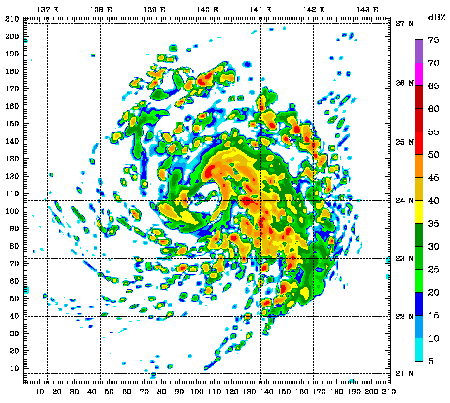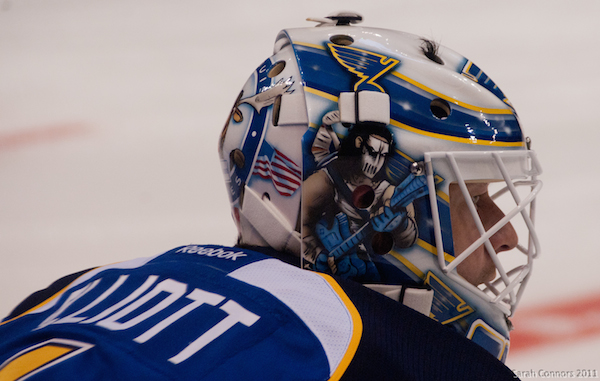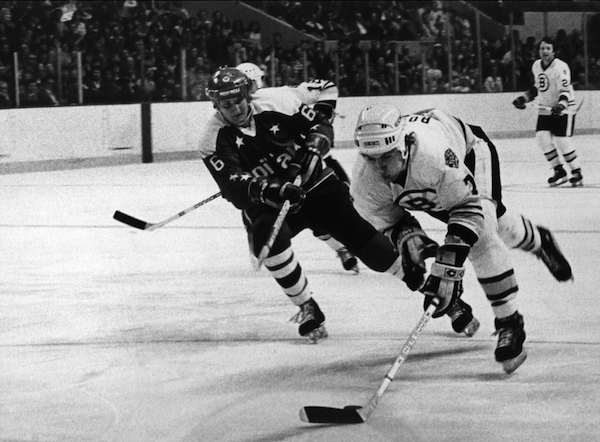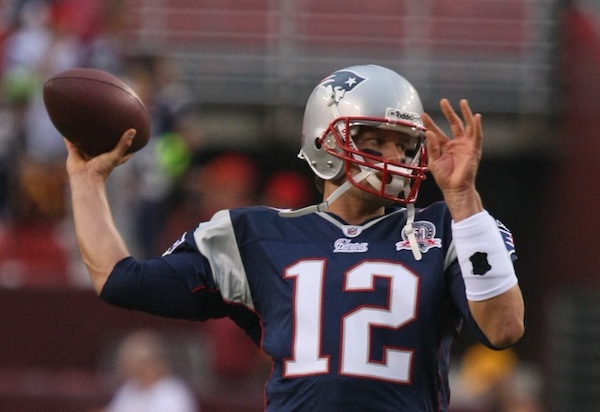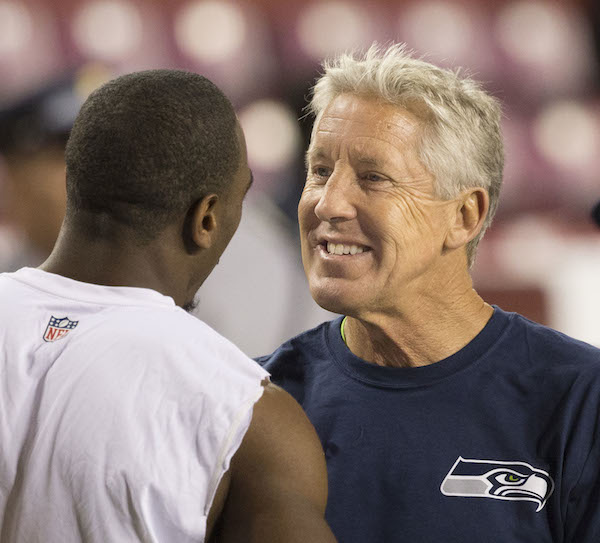In my daily podcasts where I give a forecast of the next day’s sports happenings, I always start out with the refrain, “Sports is no fun if you don’t know what’s going on!” That might never have been more true than last night at the end of the Super Bowl. A lot of dramatic things happened very quickly at the end of the game and if you weren’t well versed in football’s rules, tactics, and language, it was probably difficult to understand what was happening. Lord knows, the football fans in the room were too busy screaming and hollering to explain it rationally to you. We’ll start with the biggest play of the game, the interception that Patriots cornerback Malcolm Butler made to win the game. This play is being called one of the stupidest in Super Bowl history. It was definitely one of the most dramatic.
Let’s pick up the action right after Jermaine Kearse’s insane bobbling catch. This left the Seahawks with a first down on the Patriots five yard line with 1:06 left in the game. First down and five means that the Seahawks have four more chances to get a touchdown by moving the ball into the end zone which is only five yards away. For a review of how down and distance work, read our post on the topic here. Situations at the end of football games are all about down, distance, score, and time. How many more chances do you have to run a play, how far do you need to move the ball to earn more chances or to score, how many points do you need to tie or win the game, and how much time do you have remaining. In this case, the answers were: four more chances, five yards, four points to tie (which means the Seahawks needed to score a touchdown because a field goal would only have given them three points), and 1:06 with two timeouts. At the end of football games, the clock stops at the end of some plays and keeps running at the end of others. The quick run-down is that the clock keeps running if a player with the ball is tackled on the field and stops if a player with the ball runs out of the field or if the quarterback throws a pass that hits the ground without anyone catching it (that’s called an incompletion). At the end of every play, both teams have a chance to call a timeout, which stops the clock, if they have one left. Each team gets three timeouts to use per half.
From this moment on, the teams trading making mistakes (or at least questionable decisions) until Seattle made the final mistake that would cost them the Super Bowl. First — in the confusion following Kearse’s catch, the Seahawks took the second of their three timeouts. This was a relatively minor mistake. A team never wants to use a timeout when the clock is already stopped, as it was in this case because Kearse went out-of-bounds after he caught the ball, but the Seahawks were still in a very good position. 1:06 is plenty of time and four downs is plenty of chances for a team to score a touchdown.
On the next play, the Seahawks handed the ball to running back Marshawn Lynch who ran it four yards, almost scoring a touchdown before he was tackled on the one yard line.
This sets up a second down with one yard to go to score a touchdown and about one minute left on the clock. The Seahawks have one timeout. The Patriots have two. The clock continues to count down because Lynch was tacked on the field.
At this point, you might think that Seattle’s coaches are single-mindedly obsessed with scoring a touchdown and New England’s coaches are thinking of nothing other than stopping them. That’s not quite true. The other thing that each set of coaches is thinking about is timing. If Seattle had scored a touchdown and kicked the extra point, that would have given them seven points to put them up by three. Three is the number of points a team can get for kicking a field goal. New England has a great quarterback, a set of clever wide receivers, and an excellent field goal kicker. Seattle had to have been afraid of scoring too fast and leaving New England time to storm down the field and kick a field goal to force the game into overtime. This is the essentially what had happened to them against Green Bay in their last game when quarterback Aaron Rodgers drove the Packers 48 yards in 1:12 with no timeouts before kicking a field goal to send the game to overtime. Seattle’s ideal scenario is to score a touchdown with as little time left as possible, so that New England cannot do anything on offense. That is why, after Lynch’s run to the one yard line, they chose to let the clock run down, all the way to 26 seconds before running their next play.
And here’s where things went horribly, horribly wrong for Seattle. They decided to throw the ball. You’ve seen the result, but let’s watch it again. Seattle quarterback Russell Wilson throws to his right, towards the bottom of the screen, and, instead of his teammate catching it, Patriots defender, Malcolm Butler catches it. When a defender catches the ball, it’s called an interception,(Inter- because the defender has come between the quarterback and his teammate, and -ception because the defender has caught the ball which in football language is often called making a reception.), and his team gets to switch to offense on the next play. By taking the ball away from the Seahawks offense, this single play took the Patriots’ chance of winning from a very, very slim chance to a near certainty.
It’s being widely called one of the stupidest calls in football history. Why? To understand this, the first thing you need to know is that football players are usually a little like mannikins. Before each play, an offensive coach decides what he wants his players to do and he radios the call into the helmet of the quarterback. The quarterback tells the rest of his teammates and then they execute the play as it was designed. Seattle’s players didn’t decide to throw the ball, their coaches did. Running the ball is safer than throwing it. It varies by situation and by player, but this year 2.6% of all the passes that were thrown in the NFL led to interceptions. Compare this to the percent of running plays that ended with a fumble, which was only 1.6%. When you consider that close to half of all fumbles are recovered by the team that fumbled the ball (which means they get to stay on offense) the percentage drops to .7%. By this metric, passing the ball is almost exactly four times more dangerous than running it. Running, especially for the Seahawks, was also very likely to have been successful. Their running back, Marshawn Lynch is almost the perfect player for this situation. He’s powerful, determined, and good at holding on to the ball. In 2014, he fumbled four out of the 280 times he ran with the ball. That’s only 1.4% of the time. In his career, he’s run the ball 2,033 times and fumbled only 27 times or 1.3% of the time. Both are better than average. He also only needed to go one yard. During the Super Bowl against the Patriots, Lynch had run the ball 26 times. Here was how far he got each time: 3, 5, 0, 4, 3, 5, 5, 4, 5, 4, 5, 5, 3, 3, 3, 15, 7, 0, 3, 14, 1, 2, 2, 1, 5, 4. If his 27th rushing attempt had been anything like his first 26, he would have scored between 85-92% of the time.
There are all sorts of more detailed arguments for why the Seattle coaches did what they did, but hopefully this gives you enough background to understand why people are so down on the play they called. This afternoon we’ll investigate what happened after the interception, when the Patriots had the ball on their own one yard line and then there was a penalty and then there was a fight and then the game was over… until then, thanks for reading.

